Is Sundarbans important only for tigers?
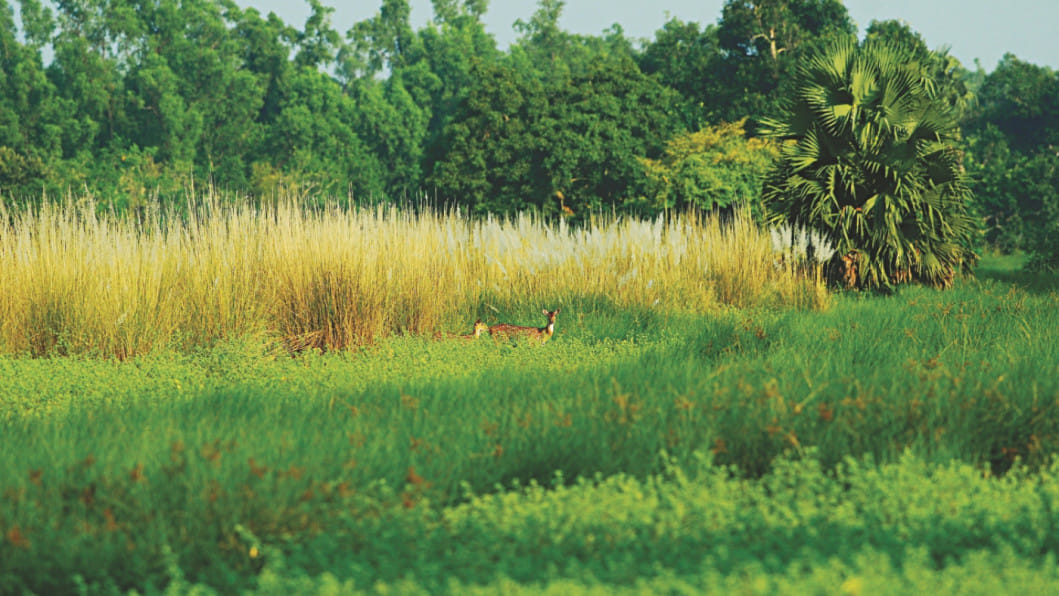
Growing up, the stories of Sundarbans always held a mystical quality, the dense forest, the pirates and fishermen navigating the waterways teeming with snakes and otters, all living in glorious harmony. I too dreamt of seeing a tiger crossing a narrow creek, looking at me with its piercing gaze while I steal a shy look. After a few visits to the Sundarbans, I soon realised that this magical forest of my childhood has a lot more fascinating experiences on offer, not simply the ferocious symbol of Bangladesh Cricket team!
It is common knowledge now that the Sundarbans is home to globally endangered species like the Bengal Tiger but it is news to most that our Sundarbans also supports critically endangered species like the River Terrapin or the endangered Fishing Cat. Both of these species are undergoing a sharp decline and disappeared from most of their ranges throughout Asia.
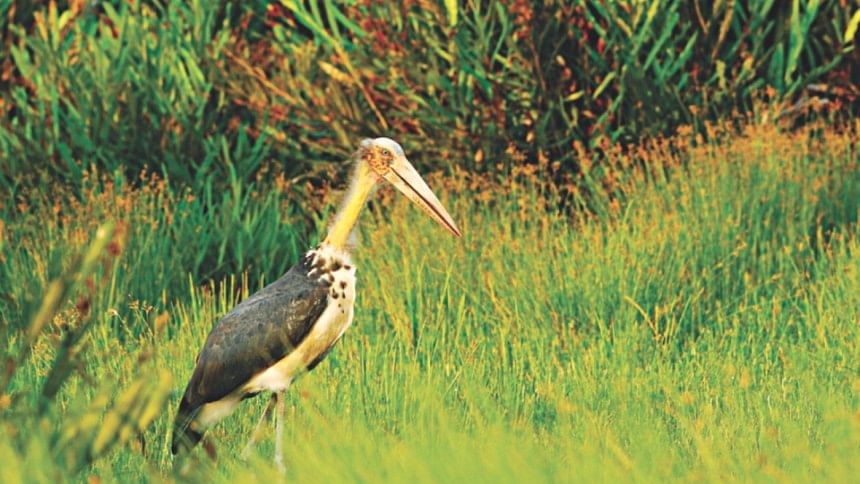
Ever since I got interested in wildlife, I was always captivated by rare, threatened or endangered species. While looking for them in the Sundarbans, the critically endangered White-rumped Vulture was the first one to greet me, soaring just a few kilometres downstream from Mongla Port. To date, the Sundarbans remains one of the few places where one can see this species, which was once widely distributed throughout Bangladesh.
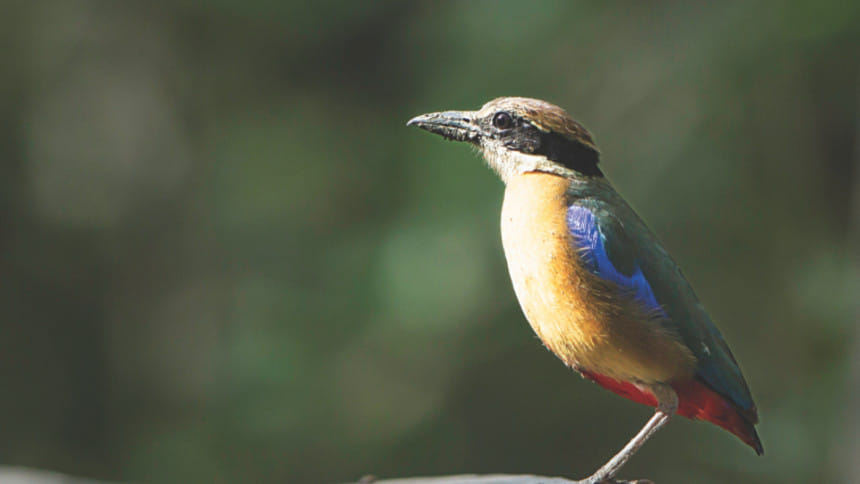
The Pallas's Fish Eagle would most likely be the second one to grab attention of a threatened species-observer. It occurs in the freshwater areas close to the buffer zones of the Sundarbans, especially around Lawdobe. The wetlands and riverbanks of Bangladesh host a unique range of biodiversity even in densely populated areas. However, their high biomass productivity also leads to ever-intensifying human use.
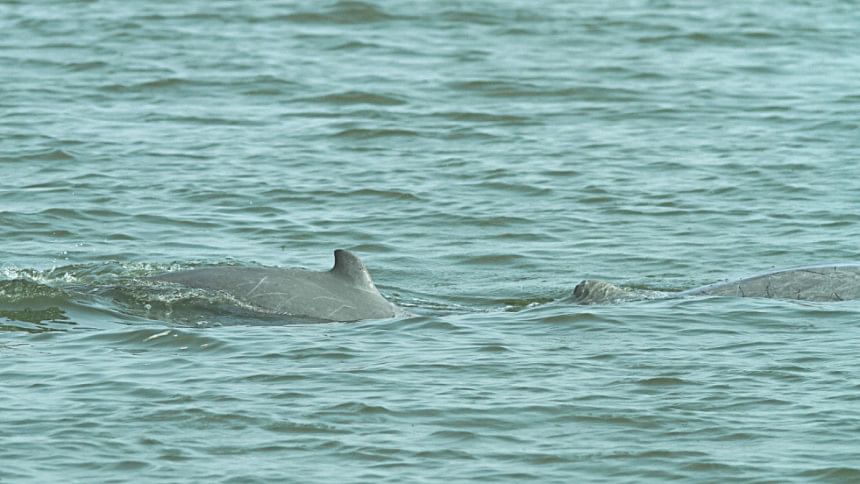
While only a thousand or less mature individuals of Masked Finfoot are left in the world, our Sundarbans supports their highest population. The species is classified as globally endangered due to the destruction of the forest, increasing navigation in the rivers, hunting and collection of eggs and chicks and growing population pressure. The Sundarbans of Bangladesh remains the only place to see this elusive bird anywhere in the world!

As you travel through the Sundarbans you will be fascinated by flashes of the Ganges River Dolphin or Shushuk and you are sure to catch a close glimpse of these greyish brown river-mammals, especially in Dhangmari, Chandpai and Dudhmukhi of the Eastern Sundarbans. The Ganges River Dolphin is a globally endangered species and rapidly disappearing from the large rivers of Bangladesh, whilst the rivers in the Sundarbans still supports one of the largest populations of this species in the world.

The Oriental Small-clawed Otter can be spotted almost anywhere in the Sundarbans, crossing or walking along narrow creeks and then suddenly vanishing into the thick forest. The King Cobra and the Burmese Python are now red listed as vulnerable by the IUCN. Both of these occur in the Sundarbans but the King Cobra is more often seen swimming through the water surface than the secretive Python. The Olive Ridley Sea Turtle, sharing the same threat category comes to the Sundarbans' shore to lay eggs during the dry season. The sandy beaches of the Sundarbans are one of the few places in Bangladesh that provides a vital breeding ground for these rare sea turtles.
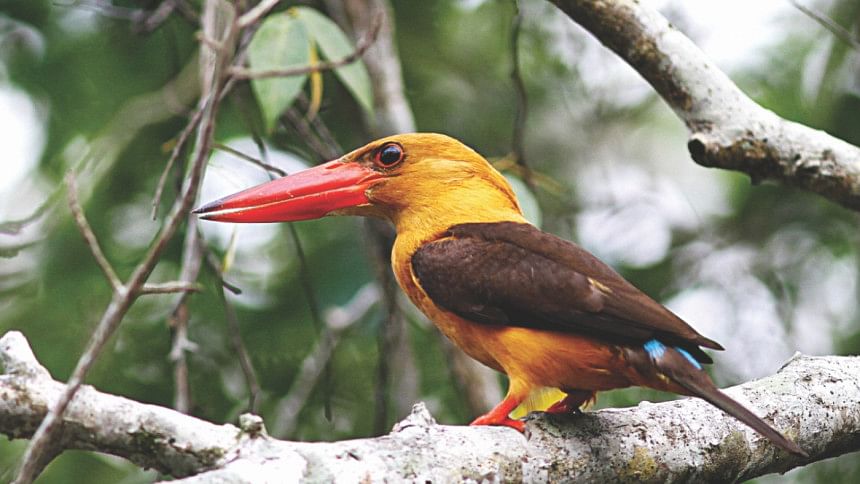
One might not be lucky enough to see the rare Spoon-billed Sandpiper or the Tiger in the Sundarbans but you can bask in the thrill of watching the globally vulnerable Lesser Adjutant foraging on the exposed mud along rivers or the captivating calls of the near threatened Mangrove Pitta or the flight of a Brown-winged Kingfisher.
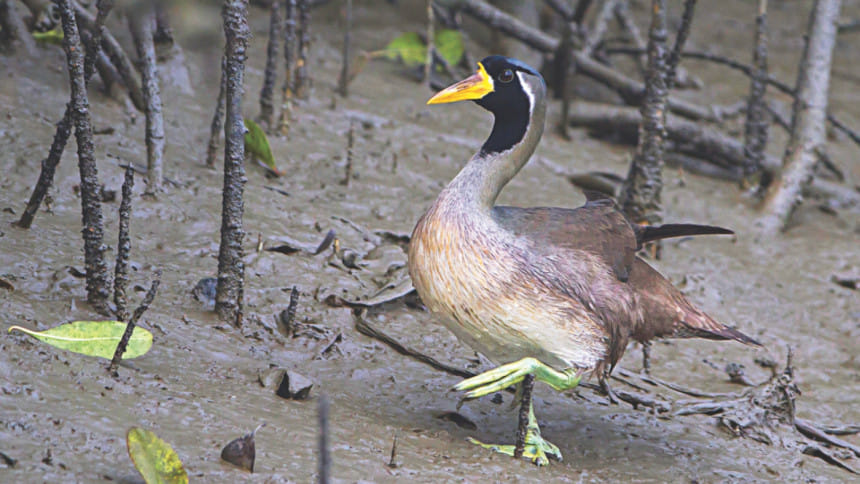
Altogether, this magical mangrove supports a wide range of species that are rare, highly threatened worldwide, on their last legs and by protecting this incredible forest we would be saving all these species that are close to extinction. Coupled with that, protecting the Sundarbans in turn will protect the livelihood of all those who depend on this forest.
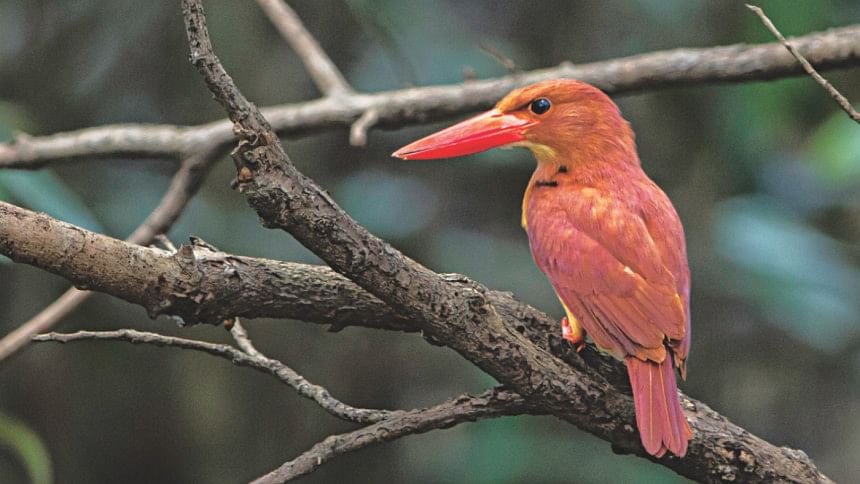
I am blessed to experience the wonderful winter mornings, rowing over the murky waterways of the emerald mangroves to witness the copper sunrays filtering through the dense canopy and mist; and the magical monsoon downpour with the added velocity of the water. If our decision-makers ignore the reality and construct not one but two coal-based power plants near the Sundarbans (14km away), then I fear that one day the golden sunlight would be choked by fly ash and the mangroves would suffocate; the smell of rain on mud would be replaced by the odor of burning coal and sirens of coal carrying ships would subdue the sublime calls of hundreds of birds. Are we not heading towards that day?
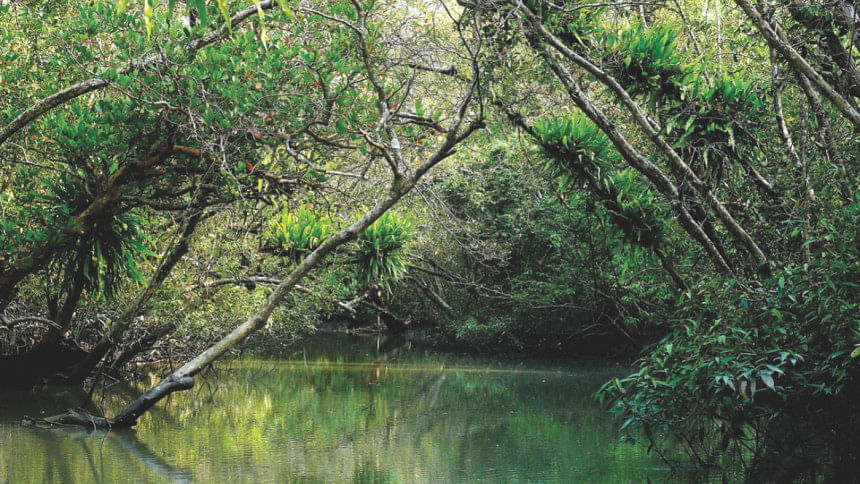
(Sayam U Chowdhury is a Conservation Biologist, currently working on threatened species conservation and research in Bangladesh and abroad.)

 For all latest news, follow The Daily Star's Google News channel.
For all latest news, follow The Daily Star's Google News channel. 



Comments